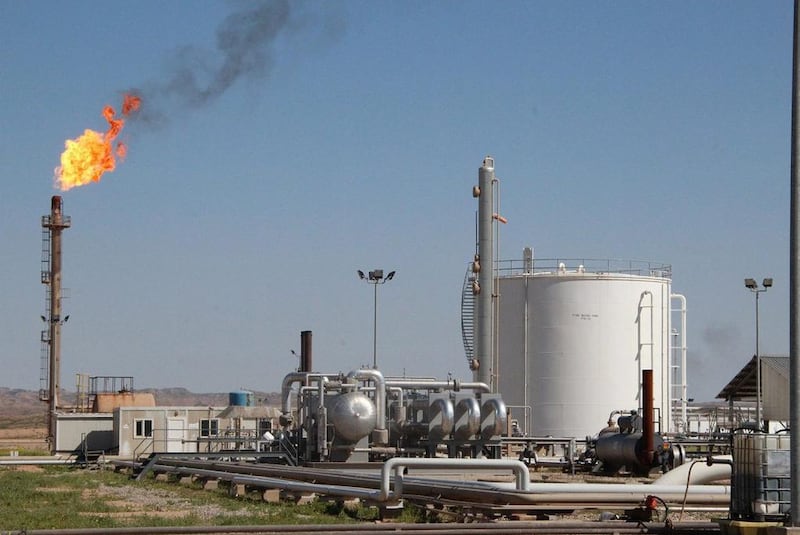Weaker energy sector companies are most exposed to the risk that they won’t be able to refinance their debt over the next few years, said Moody’s Investors Service in a new report yesterday.
Energy and oilfield services companies that carry low, or “speculative grade”, ratings from Moody’s, account for an oversized portion of the debt of companies in the lowest rating category of non-financial debtors in the Europe/Middle East/Africa (Emea) region.
Moody’s estimates that the sector accounts for the largest portion of debt at risk, with US$3.1 billion or 21 per cent of all debt rated Caa-Ca; the telecom sector comes next, with $2.9bn, or 20 per cent of the total in that rating group.
Overall, however, Moody’s says the trend for non-financial companies falling into the “junk bond” category is improving.
“Refinancing risk over the next four years falls, with more than half of total debt due from 2022 onwards,” says the report, by Moody’s senior analyst Martin Chamberlain.
Of a total of nearly $1 trillion of outstanding junk bonds by companies based in the region, less than half – $481bn – is due to mature over four years through 2021, with 52 per cent maturing after more than four years.
“That’s the highest proportion recorded since 2013 [and] the highest proportion of debt due in each year from 2018-21 is concentrated among Ba-rated companies, which account for more than half of total refinancing requirements in each of the years for both bonds and loans,” Mr. Chamberlain’s report says.
In other words, the biggest risk of default in an improving overall junk bond sector is concentrating even more in the energy and telecoms sectors.
It is not clear how exposed the Arabian Gulf companies are within the Emea region, with Moody’s not providing a regional breakdown or specific examples of any regional companies at risk. Neither could it say if the data cover sukuk debt.
Companies in the region tend to get shielded from the vagaries of the debt market by having explicit or implicit support of the high-rated governments, which mostly hold stakes in the region's few listed firms. Companies also find themselves crowded out of the market by significant recent government borrowing to fill fiscal holes caused by the oil price slump.
That latter trend is increasing as governments also increase their spending on big infrastructure projects, especially those aimed at fostering economic diversification, according to Hani Bishara, a partner at consultants E&Y.
“Debt capital markets remain underutilised in the region,” he said, adding that “many highly-rated regional credits have opted for local loan financing” rather than bonds.
One high-profile energy sector borrower that has run into financing difficulties is Dana Gas, the Sharjah-based operator that has run into cash flow problems because of slow payments from governments in Egypt and the Kurdish region of Iraq, where it operates. It has had to tell holders of its $700 million of sukuk that it cannot pay on time this year.
The company is in continuing negotiations with sukuk holders and will hold a conference call about proposed terms today.
Moody’s listed Eurasian Resources Group, a miner, as the biggest debtor in its Caa-Ca category, with nearly $1bn due over the next two years. It is followed by two telecoms companies – Cell C and Avanti Comms – a fashion retailer – Takko Fashion – and two energy companies – Enquest and KCA Deutag Alpha – with payment due ranging from nearly $900m to $560m.






